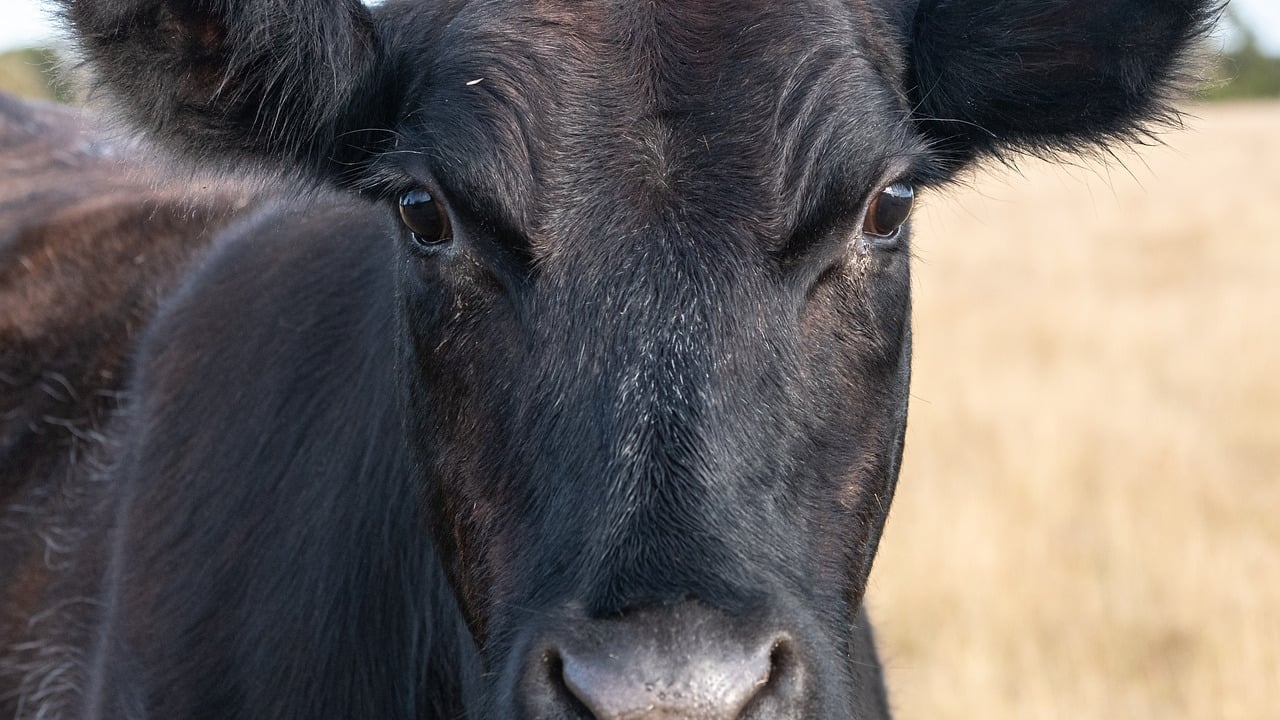Heydon reveals number of TB reactors since 2022
There has been 43,290 bovine tuberculosis (bTB) reactors in Ireland over a 12-month period to June 29, 2025, according to the Minister for Agriculture, Food and the Marine, Martin Heydon.
Minister Heydon was asked the percentage of animals slaughtered with TB that actually have TB, and if he will review current testing methodologies for accuracy in light of these figures by Fianna Fáil TD, James Lawless in a parliamentary question this week (July 10).
The minister said: "Bovine TB is a challenging disease to control and eradicate. In recent years, bTB levels have continued to deteriorate, herd incidence has increased from 4.94% in 2023 to 6.04% in 2024.
"As of June 29, 2025, over a 12-month period we had a herd incidence of 6.40% with over 43,290 reactors. This disease is having an impact on our farmers and their families emotionally and financially throughout rural Ireland."
"When cattle are slaughtered as reactors under the TB Eradication Programme, it is because they have tested positive for infection with TB.
"It is not routine to perform culture or other laboratory tests on all TB reactors, and such tests are generally less sensitive than the skin test and other ante-mortem tests," Minister Heydon explained.
According to Minister Heydon, visual inspection of reactor carcasses at post-mortem has found that, on average, from 2024 to 2022 a range of 24-36% of such reactors had visible lesions of tuberculosis.
This means that the infection has progressed to a stage where the disease process has caused such significant tissue damage that it can be seen with the naked eye.
The table below shows total reactors, number lesions and lesion % rate over the last three years 2024 – 2022.
| Year | Total reactors | No. Lesions | Lesion % |
| 2024 | 41,682 | 9,931 | 24% |
| 2023 | 28,901 | 8,011 | 28% |
| 2022 | 23,393 | 8,391 | 36% |
Minister Heydon said: "Generally lower lesion rates indicate a higher proportion of new infections relative to older infections and earlier detection of positive animals overall.
"If a reactor does not have visible disease lesions, it does not mean it is not infected; visual inspection cannot detect the presence of microscopic lesions and bacteria within the tissues of such animals.
"Most TB reactors have 'no visible lesion' (NVL) when the routine postmortem examination is carried out by veterinary staff at slaughter plants.
"The majority of such NVL animals are in fact infected with TB - they have just been detected sufficiently early that lesions have not become apparent to the naked eye," he added.





